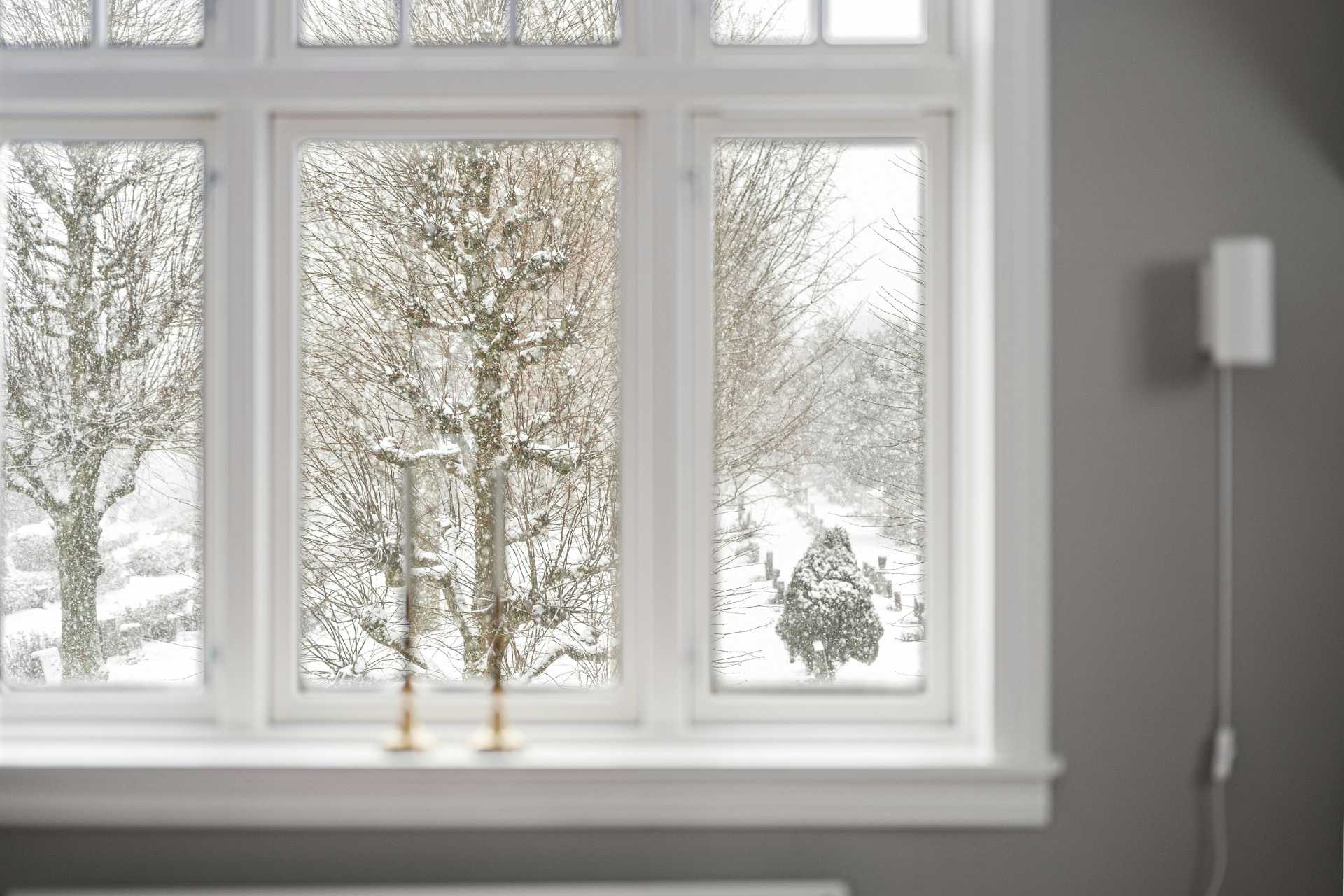When winter energy bills surge, the furnace often takes the blame. However, when temperatures drop, many homeowners notice that certain rooms feel chilly even when the thermostat indicates a warm temperature. This frustrating thermal imbalance often comes down to the home’s exterior envelope. Outdated windows and aging siding contribute significantly to cold indoor surfaces by allowing heat to escape and drafts to creep in. This is why a strategic window replacement is often the key to restoring comfort. The primary issue is radiant cold—the process where heat from the body is constantly drawn toward a colder surface. Understanding this phenomenon is essential for identifying true inefficiencies and creating a warmer, more stable indoor environment throughout the winter season.
The Comfort Lie: Defining Radiant Cold
The thermostat measures convective heat, or the air temperature surrounding the device. However, the mean radiant temperature (MRT) determines human comfort. The temperatures of surfaces nearby influence the MRT. When a window pane becomes extremely cold, it creates a significant temperature differential. This cold glass acts like a massive, invisible heat sink.
This phenomenon, known as radiant cold, rapidly draws a person’s body heat toward the nearest cold surface, such as the window or wall. This continuous, immediate heat loss makes the occupant feel noticeably chilled. This occurs even if the air temperature in the center of the room remains at the set temperature. The consequence is often an unnecessary increase in the thermostat setting. Homeowners make this adjustment when they attempt to fight a surface temperature problem with air temperature.
The Mechanics of Heat Loss: Why Glass Gets Cold
The fundamental issue is the low insulation value, or R-value, of old glass. Single-pane glass has virtually no resistance, allowing heat to conduct straight through the pane to the freezing outside air. Early-generation double-pane windows often suffer from failed seals, meaning the insulating gas has leaked out, leaving the unit almost as ineffective as a single pane. These structural failures allow significant energy to pass through the glass surface itself.
The cold is amplified by structural failures in the frame. Thermal bridging occurs where highly conductive materials, like aluminum or uninsulated wood frames, span the wall assembly. These sections act as thermal highways, actively pulling heat out of the home and making the entire frame ice-cold. Air leaks through worn weatherstripping and cracked caulking further compound the problem by introducing frigid air directly onto these already-cold surfaces, intensifying the feeling of radiant cold.
The Structural Connection: Siding and Framing
The effectiveness of a window is tied directly to the health of the wall surrounding it. Heat loss through wall cavities is a major contributor to high utility bills. Aging siding that lacks insulation allows heat to escape from the wall cavity, meaning the sections of the wall immediately surrounding the window frame are unnecessarily cold. This loss creates a larger overall cold zone.
The temperature of the window frame is directly affected by the wall’s temperature. If the wall is losing heat quickly, the frame will be colder, which amplifies the effect of the radiant cold. Addressing both the window and the aging siding is essential to minimize inconsistent indoor comfort near the home’s perimeter. This is a crucial area to assess when you neglect weatherproofing your windows.
The Modern Solution: Stopping Radiant Loss at the Source
Modern window replacement is the direct answer to radiant cold. New windows utilize Low-E (Low-Emissivity) coatings, which are microscopically thin, metallic layers. These coatings are transparent to visible light but actively reflect infrared (heat) energy. In winter, this means the coating reflects the radiant heat generated by the furnace and by the occupants back into the room, preventing the heat from being absorbed by the glass and escaping outside.
New units combat conduction with highly insulated glazing systems. This includes double or triple-panes filled with dense, inert gases like argon or krypton, which dramatically slow heat transfer. Frames themselves, typically made of vinyl or fibreglass, are designed with multiple internal chambers to resist thermal bridging. This engineering ensures the frame remains warmer to the touch, drastically reducing the thermal differential that causes the body to feel chilled.
Sealing and Reinforcement: Creating a Thermal Buffer
Effective solutions begin with sealing the air barrier. It is crucial to eliminate the air leaks that bring in frigid air. This involves proper sealing of the frame gap between the window unit and the wall, using spray foam insulation and flexible, high-quality exterior sealants. Simultaneously, all worn-out caulking and weatherstripping should be replaced, as these low-cost fixes are highly effective at eliminating drafts and maintaining the perimeter seal.
The strategic use of window coverings can provide an immediate, low-cost improvement. Thick, thermal-lined drapes or cellular (honeycomb) shades should be deployed, as these coverings create a physical air pocket between the glass and the room. This trapped layer of air acts as a temporary buffer, significantly slowing down the flow of cold air into the room. This important step helps reduce the strain on the heating system.
The Battle Won: Giving Radiant Cold the Cold Shoulder
The core of winter discomfort lies in radiant heat loss, a problem the thermostat fails to register. The combination of structural heat loss through aging siding and thermal transfer through outdated windows creates a cycle that forces the heating system to constantly fight against the cold. Addressing these flaws is vital to prevent moisture problems. Every degree of lost heat translates directly to increased utility bills and unnecessary wear on mechanical equipment.
Addressing this vulnerability is the key to both comfort and efficiency. Investing in high-performance glazing and ensuring the surrounding frame and wall are sealed will permanently stop overworking your HVAC system. A professional assessment of the home’s envelope is recommended to pinpoint the exact sources of cold and plan for strategic upgrades.





